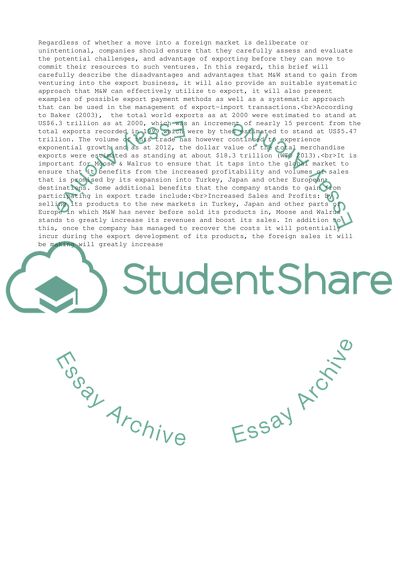Cite this document
(Exporting / Thriving in the Competitive Global Context Assignment, n.d.)
Exporting / Thriving in the Competitive Global Context Assignment. https://studentshare.org/business/1829819-exporting-thriving-in-the-competitive-global-context
Exporting / Thriving in the Competitive Global Context Assignment. https://studentshare.org/business/1829819-exporting-thriving-in-the-competitive-global-context
(Exporting / Thriving in the Competitive Global Context Assignment)
Exporting / Thriving in the Competitive Global Context Assignment. https://studentshare.org/business/1829819-exporting-thriving-in-the-competitive-global-context.
Exporting / Thriving in the Competitive Global Context Assignment. https://studentshare.org/business/1829819-exporting-thriving-in-the-competitive-global-context.
“Exporting / Thriving in the Competitive Global Context Assignment”. https://studentshare.org/business/1829819-exporting-thriving-in-the-competitive-global-context.


